Hot on the heels of the last instalment of my alphabetical journey through our collection, I’m taking a look at the life and work of Andor Kraszna-Krausz—one of the most important and influential figures in photographic publishing, who produced a vast range of titles that have graced the bookshelves of generations of photographers.
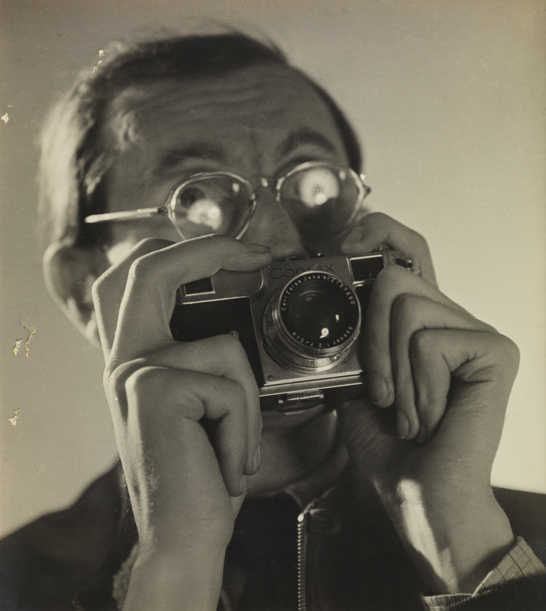
Andor Kraszna-Krausz (KK to his friends) was born in Szombathely, Hungary in 1904. As a young man he studied photography and cinematography in Munich where he met the publisher Wilhelm Knapp.
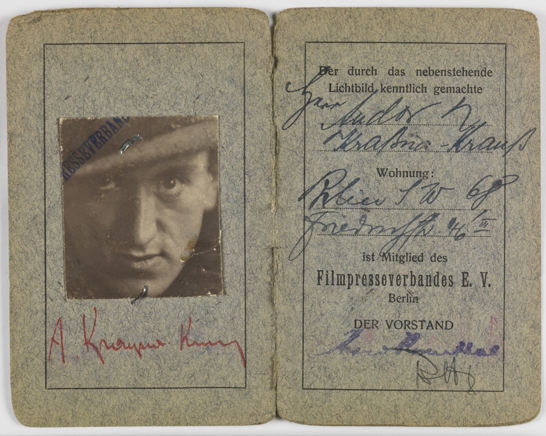
In 1926, impressed by the film reviews Kraszna-Krausz had contributed to the avant-garde magazine Close Up, Knapp invited him to edit a new magazine, Die Filmtechnik. Kraszna-Krausz edited the magazine until 1936, during which time it became one of the leading moving picture trade journals.
In 1937 Kraszna-Krausz fled Germany and came to Britain as a refugee.
The following year he founded Focal Press, a specialist publishing house which is still one of the world’s leading publishers of books about photography and the moving image.
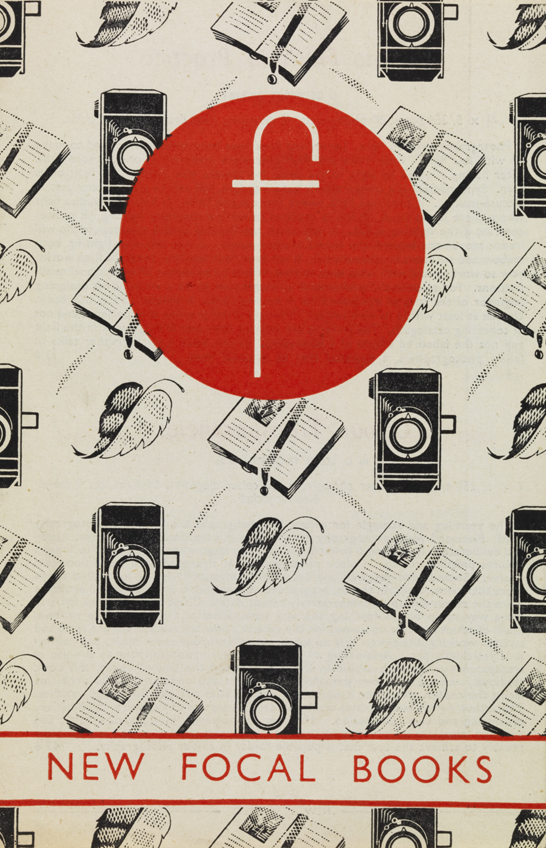
As a logo, Focal Press adopted a lower case letter ‘f’, derived from the symbol for a lens aperture.
Focal Press publications were an immediate success, gaining a reputation for clear yet authoritative text and illustrations. A good example of this is one of their earliest books, The All-in-One Camera Book, by W.D. Emanuel and F.L. Cash.

First published in 1939, this beginner’s introduction to photography sold over one million copies and went into 81 editions, remaining in print until the early 1990s.
During Kraszna-Krausz’s lifetime Focal Press published over 1,200 book titles all over the world, selling an incredible 50 million copies. Until he retired in 1978, Kraszna-Krausz personally oversaw every aspect of book production at the Focal Press.
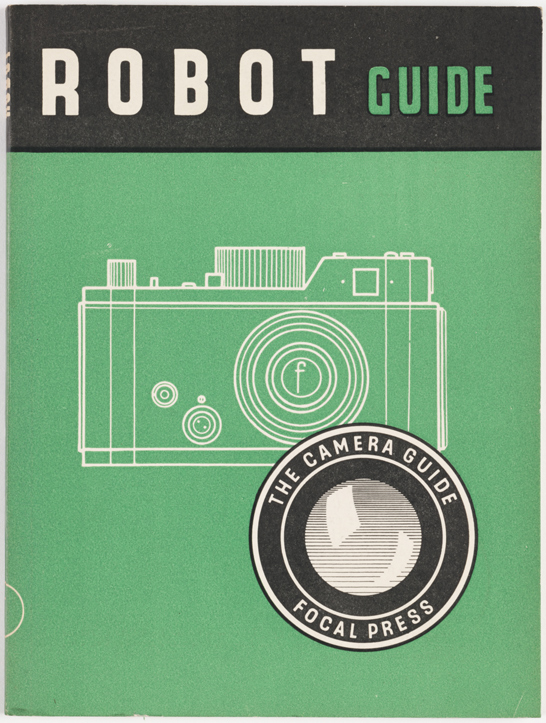
In 1985 he set up the Kraszna-Krausz Foundation. Each year, through the prestigious And/Or Book Awards, the Foundation awards prizes for the best books on photography and the moving image published during the previous twelve months. In addition, the Foundation offers small grants to assist in the development and completion of new or unfinished research projects.
Following his death in 1989, Kraszna-Krausz’s personal archive and extensive library, comprising several thousand volumes, was bequeathed to us; these are now freely available for study.
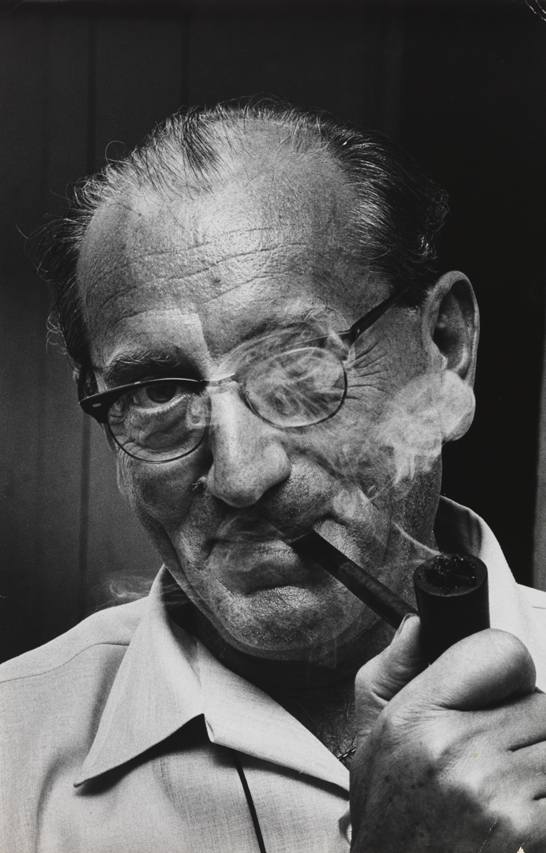
A room in Insight, our Collections and Research Centre, has been named after him in recognition of his enormous contribution to photography and the moving image.
This is a really interesting and well presented story and it it helps to counter the charge that the NMeM has been underestimating the intelligence of its public.
I worked for him as his chief editor some time during the 1970s (I forget the specific dates). He was an eccentric personality as I recall, famous for sacking people. But for whatever reason he liked and relied on me to handle his day-to-day affairs. And I think it was an unprecedented event in the annals of Focal Press when, having handed in my notice, he took me out to lunch!
In 1955 when I was just 15/16 years old and had left school with no qualifications at all. I liked reading books so wrote to a number of publishers in my best handwriting to ask for a job.
To my surprise I had an interview with KK and to my further surprise he took me on as office boy.
To cut a long story short I was given the opportunity to attend the then London School of printing to learn production and since then I have enjoyed a career in publishing.
I can’t thank Mr. KK enough for giving me this opportunity. What did he see in me?
I also worked for KK from 1960 to 1962, my first job after National Service (starting at £9 per week). He introduced me to each department in turn and eventually I ended up editing his monthly Photoguide magazine. It was a wonderful introduction to the world of photographic publishing and eventually led to positions at Practical Photography and Amateur Photographer. He was always considerate and helpful, and I have such kind memories of him.